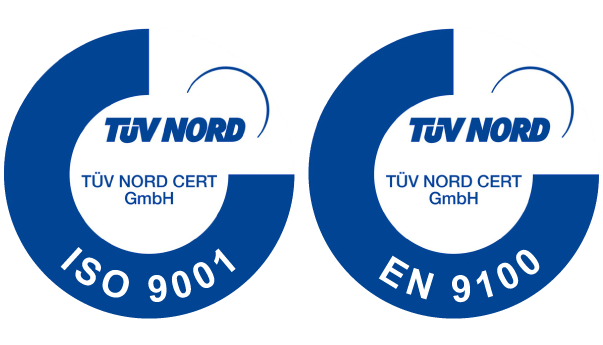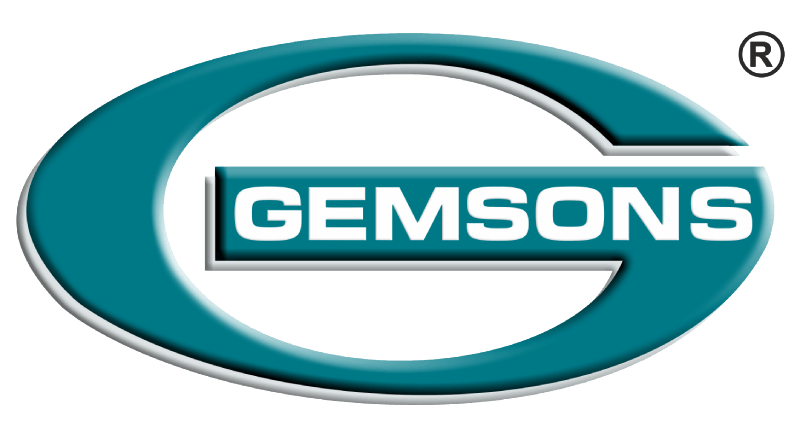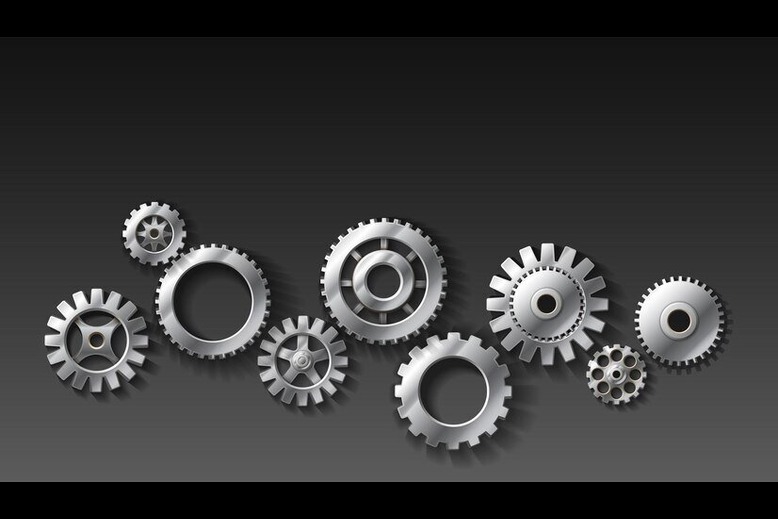CNC milling is widely used machining process that involves the removal of material from a workpiece using rotary cutters. It is a versatile and efficient method for producing precision parts and components across various industries, including automotive, aerospace, electronics, and more.
In this blog, we’ll explore some of the essential CNC milling parts you need to know to understand the process better.
Exploring the CNC Milling Parts You Need to Know
1. Workpiece
The workpiece is the material that undergoes machining during the CNC milling process. It is made of various materials such as metal, plastic, wood, or composite materials.
The workpiece is securely placed on the milling machine’s worktable or fixture while the milling cutter removes material to create the desired shape and features.
2. Milling Cutter
The milling cutter is a rotating cutting tool that removes material from the workpiece to create the desired features and shapes. There are various types of milling cutters available, including end mills, face mills, ball mills, and more, each designed for specific machining tasks and materials.
The choice of milling cutter depends on factors such as the material being machined, the desired surface finish, and the complexity of the part.
3. Spindle
The spindle is the main rotating component of the milling machine that holds the milling cutter and drives its rotation. It provides the power and speed necessary for the milling cutter to remove material from the workpiece effectively.
Spindles vary in size, power, and speed capabilities depending on the specific requirements of the machining application.
4. CNC Control System
The CNC (Computer Numerical Control) control system is the brain of the CNC milling parts machine, responsible for translating design specifications into precise machining instructions. It consists of a computerized control unit, software, and interface components that allow operators to program and control the milling process.
The CNC control system enables high levels of automation, accuracy, and repeatability in CNC milling operations.
5. Cutting Fluid
Cutting fluid, also known as coolant, is a lubricant and coolant used during CNC milling to reduce friction, dissipate heat, and improve machining performance. It helps prolong tool life, enhance surface finish quality, and prevent chip buildup and tool wear.
Cutting fluids be applied in various forms, including liquids, oils, or emulsions, depending on the machining application and material being machined.
6. Fixture
A fixture is a device used to securely hold the workpiece in place during machining to ensure stability and accuracy. It provides support and locates the workpiece in the correct position relative to the milling cutter, allowing for precise and consistent machining operations.
Fixtures be simple or complex, depending on the part geometry and machining requirements.
7. Chip Conveyor
A chip conveyor is a component of the CNC milling parts machine that removes chips and swarf from the machining area to maintain cleanliness and prevent chip buildup. It collects and transports the chips away from the workpiece and cutting zone, allowing for uninterrupted machining operations and preventing damage to the machine and workpiece.
Final Word
In conclusion, CNC milling involves various essential parts and components that work together to achieve precise and efficient machining results. Gemsons continues to excel as a leading provider of CNC milling parts solutions, offering expertise, precision, and reliability to clients across industries.
With a comprehensive range of services and a commitment to quality, Gemsons ensures exceptional results for every project. Choose Gemsons for your CNC milling needs and experience the difference that superior craftsmanship and dedication to excellence make in achieving your machining goals.



Recent Comments